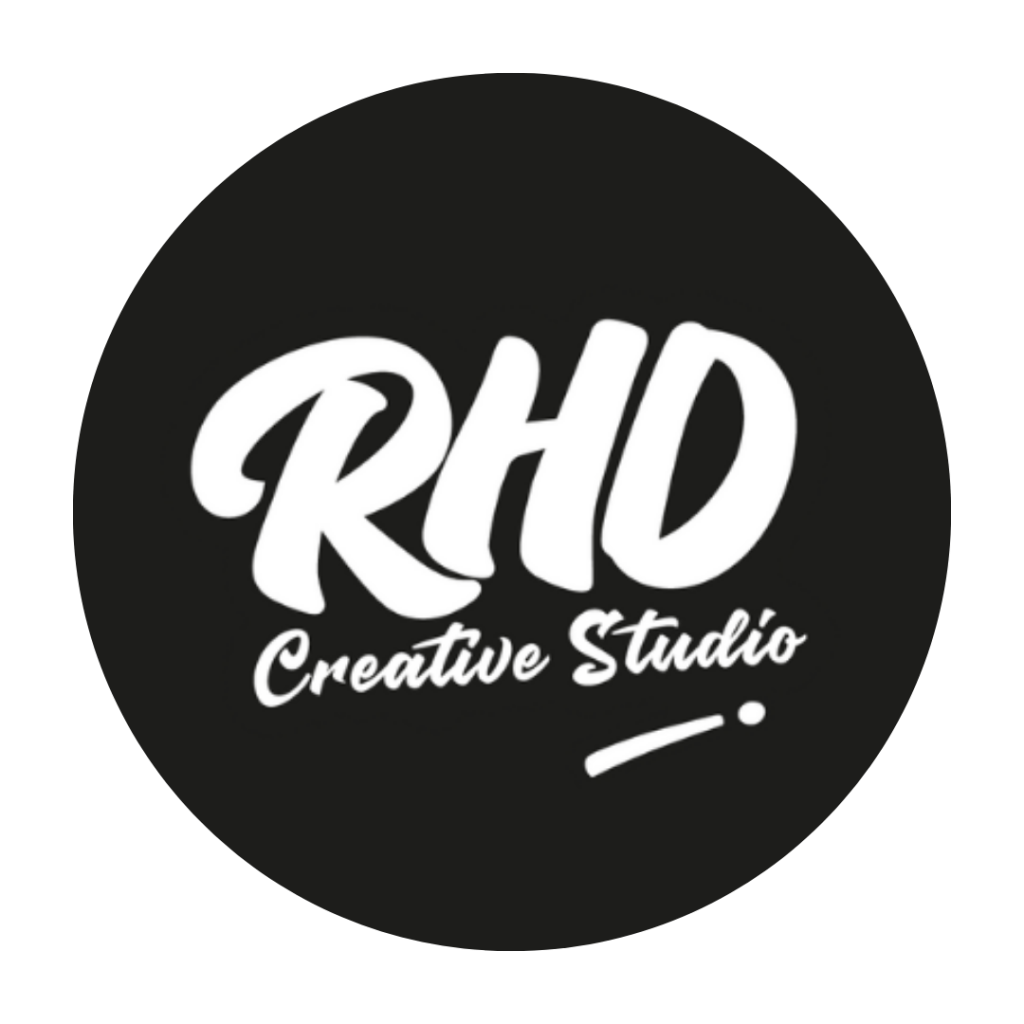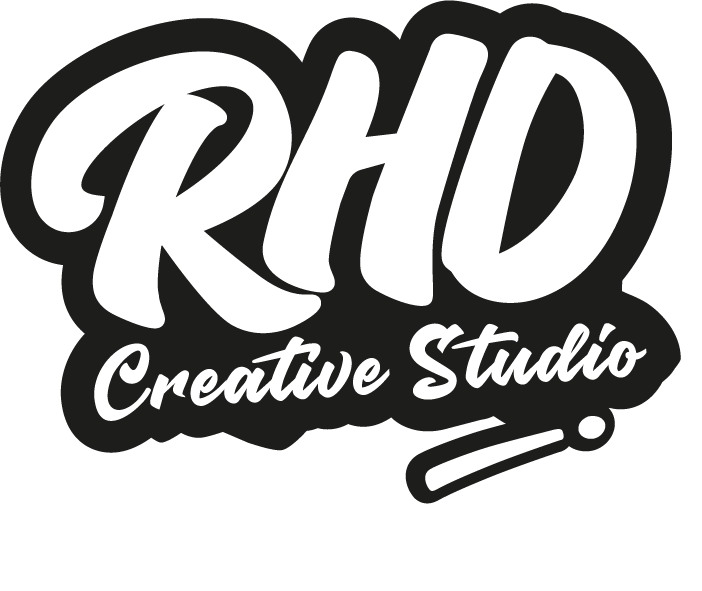Your cart is currently empty!
Graphic Designer Challenges in the Midst of AI

I
The rapid advancement of artificial intelligence (AI) has revolutionized many industries, and graphic design is no exception. With AI tools increasingly integrated into design processes, graphic designers are facing new challenges that require adaptability, creativity, and a deep understanding of both traditional design principles and emerging technologies. While AI can enhance productivity and streamline repetitive tasks, it also raises questions about creativity, job security, and the future of design work. This article explores the challenges that graphic designers face in the midst of AI’s rise and offers insights into how the industry is evolving.
1. The Threat to Job Security
One of the most immediate concerns for graphic designers is the potential for AI to replace human jobs. AI-powered design tools, such as logo generators, image editors, and layout creators, are capable of producing designs in a fraction of the time it would take a human designer. These tools often rely on machine learning algorithms that analyze vast databases of design trends to create aesthetically pleasing and functional designs.
For smaller companies or clients with limited budgets, AI tools may seem like an attractive option, as they can produce designs quickly and at a lower cost than hiring a professional designer. As these tools become more sophisticated, designers fear that their roles might be diminished or even replaced altogether by AI systems that automate much of the creative process.
While it’s true that AI can handle repetitive and technical tasks, the role of a graphic designer extends far beyond creating aesthetic visuals. Graphic designers bring a level of emotional intelligence, cultural understanding, and contextual relevance to their work that AI cannot replicate. Designers are not just producing pretty pictures—they are crafting visual narratives, considering client needs, and designing with purpose. The challenge lies in proving the irreplaceable value of human creativity, particularly in an increasingly automated world.
2. Creativity vs. Algorithmic Design
AI excels at recognizing patterns and analyzing large datasets to create designs based on past trends, but this does not mean it can replace the creativity that human designers bring to the table. AI tools often rely on pre-existing design elements, templates, and styles, making their output more formulaic. While these designs may be aesthetically pleasing, they often lack the innovation and originality that can distinguish a truly memorable design.
Designers must find ways to balance the efficiency AI provides with the unique, boundary-pushing creativity that is central to design. As AI tools become more widespread, graphic designers are challenged to innovate and create designs that stand out from the algorithmic outputs generated by machines. The key challenge here is not simply competing with AI but finding ways to leverage AI as a tool while maintaining a distinct creative vision and human touch.
3. Increased Pressure to Adapt to New Technology
As AI becomes more integrated into design workflows, graphic designers are under increasing pressure to stay up-to-date with the latest AI tools and technologies. This requires continuous learning, experimentation, and adaptation. Graphic designers must become proficient in using AI tools, including automated design assistants, machine learning models for pattern recognition, and AI-based image editors, to stay competitive in a rapidly changing industry.
However, the fast pace of technological advancement can be overwhelming, especially for designers who have spent years honing their traditional craft. Many designers are accustomed to relying on software like Adobe Photoshop, Illustrator, and InDesign, which require a high level of manual skill and expertise. Learning to use AI tools effectively while maintaining proficiency in traditional design methods is a challenge that requires both time and resources.
Furthermore, as AI tools become more accessible to non-designers, there is a growing expectation that anyone can create professional-level designs with minimal effort. This democratization of design raises the bar for graphic designers, who must differentiate themselves by offering more than just technical proficiency. Designers must also offer strategic insight, conceptual thinking, and creative problem-solving skills that go beyond what AI can achieve.
4. The Ethical Implications of AI in Design
AI’s influence in graphic design also brings about ethical concerns that designers must navigate. One of the most pressing issues is the potential for AI-generated designs to lack originality, leading to concerns about plagiarism and intellectual property rights. AI tools are trained on vast datasets of existing designs, and this raises the question of whether designs created by AI could unintentionally infringe on the intellectual property of others.
Designers are also grappling with the ethical implications of using AI tools in their creative work. As AI systems learn from vast amounts of data, including copyrighted material, there is a risk that these tools could replicate or reproduce copyrighted designs without proper attribution. This raises questions about ownership, authorship, and the responsibility of designers in using AI tools ethically.
Moreover, the use of AI in design raises questions about diversity and representation. If AI tools are trained on biased datasets, the designs they produce may reinforce existing stereotypes or fail to represent diverse perspectives. Graphic designers must be mindful of the potential biases in AI-generated designs and work to ensure that their own designs are inclusive and reflective of a wide range of experiences and identities.
5. Maintaining the Human Touch in Design
While AI can assist with many aspects of design, there is a growing recognition that human designers bring a unique perspective that technology cannot replicate. The human touch in design involves understanding context, culture, and emotions—elements that AI struggles to comprehend fully. Designers are trained to interpret client needs, communicate messages effectively, and create designs that resonate with people on an emotional level.
As AI tools take over more technical aspects of the design process, graphic designers must focus on what makes them uniquely human: their ability to empathize with clients, understand the nuances of storytelling, and create designs that evoke emotion and meaning. By embracing AI as a complement to their creativity rather than a replacement, designers can use technology to enhance their work while maintaining the human element that is crucial to effective design.
6. AI as a Collaborative Tool
Despite the challenges, many designers are learning to view AI not as a competitor, but as a collaborative tool. AI can automate time-consuming tasks such as resizing images, generating color palettes, or suggesting layouts, freeing up designers to focus on the more creative aspects of their work. By incorporating AI into their workflows, designers can enhance their efficiency and productivity without sacrificing creativity.
AI tools can also help designers generate new ideas by suggesting design variations, offering inspiration based on trends, or helping visualize concepts in ways that might not have been possible with traditional tools. By using AI as a source of inspiration and a means to accelerate the design process, designers can expand their creative possibilities and focus on higher-level design challenges.
Conclusion
The rise of AI in graphic design presents both opportunities and challenges for professionals in the field. While AI can streamline workflows, enhance creativity, and open up new avenues for design, it also raises concerns about job security, ethical considerations, and the preservation of human creativity. Graphic designers must adapt to these changes by embracing AI as a tool that complements their skills rather than replacing them. The future of graphic design lies in the intersection of human creativity and AI innovation, where designers can harness the power of technology to push the boundaries of visual storytelling.

Leave a Reply